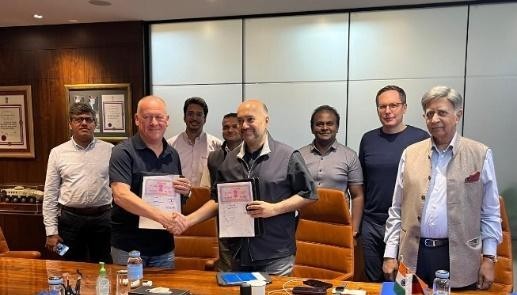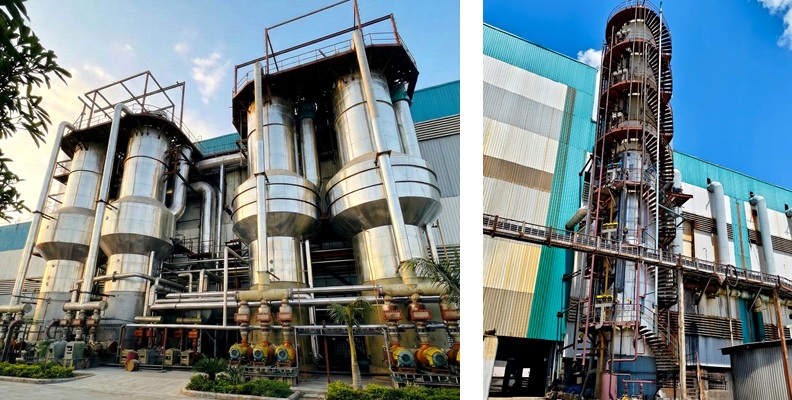Schedule a Call Back
How can project managers improve their ESG build-ins?
 Articles
Articles- Aug 04,23

Related Stories

The role of risk management in large projects
Risk is inseparable from project management, particularly in large and long-duration projects, where inadequate risk identification, ownership and follow-up often lead to cost and time overruns. Pra..
Read more
MAHLE India to double business in 4–6 years: Milind Godbole
MAHLE India to double business in 4–6 years: Milind Godbole
Read more
India’s Expanding Nuclear Ambitions and the Emerging Market for Small Reactors
As India’s Vision 2047 sets a target of 100 GW of nuclear capacity, the government is shifting to distributed nuclear generation by deploying smaller reactors across multiple locations, writes R J..
Read more














